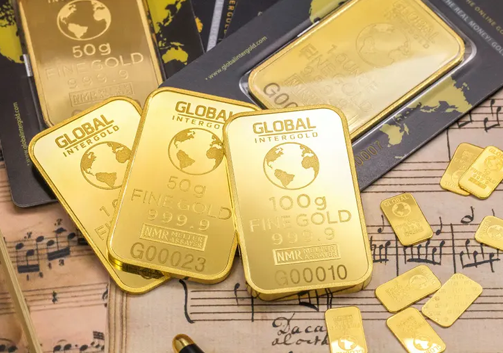Gold, a timeless symbol of wealth and value, has intrigued and captivated individuals for centuries. If you find yourself wondering how much gold sells for in today’s dynamic market, you’re not alone. The price of gold is influenced by a myriad of factors, and understanding the key elements can empower you to navigate the world of gold trading with confidence.
The Global Gold Market:
The price of gold is determined by supply and demand dynamics in the global market. Gold is a globally traded commodity, and its value is quoted in various currencies. The two primary markets for gold trading are the London Bullion Market Association (LBMA) and the COMEX division of the New York Mercantile Exchange (NYMEX). These markets establish the benchmark prices that influence gold transactions worldwide.
Gold Karats and Purity:
The purity of gold is measured in karats, with 24 karats representing pure gold. However, it’s essential to note that pure gold is too soft for practical use, so it is often alloyed with other metals to enhance durability. Common karat values include 18k, 14k, and 10k, indicating the percentage of pure gold in the alloy. The higher the karat, the higher the gold content, and typically, the higher the price.

Gold Weight:
The weight of gold is a fundamental factor in determining its value. Gold is measured in troy ounces, with one troy ounce equivalent to approximately 31.1035 grams. When selling gold, the weight plays a crucial role in calculating its worth. Whether you’re selling gold coins, jewelry, or bars, understanding the weight of the gold content is essential for accurate pricing.
Dealer Margins and Fees:
When selling gold, it’s important to consider the dealer margins and any associated fees. Dealers may charge a premium or fee for their services, impacting the overall amount you receive for your gold. Comparing quotes from different dealers and understanding their fee structures can help you maximize your returns when selling gold.
Local Market Variances:
Gold prices may vary slightly based on your location and the local market conditions. Factors such as transportation costs, taxes, and regional demand can influence the final price offered by local gold buyers. Exploring multiple options and obtaining quotes from different sources can help you identify the most favorable selling conditions in your area.

Economic Indicators:
Keep an eye on broader economic indicators, as they can provide insights into potential trends in the gold market. Economic factors such as inflation, interest rates, and currency movements can impact the perceived value of gold and influence its price.
Economic Indicators:
Keep an eye on broader economic indicators, as they can provide insights into potential trends in the gold market. Economic factors such as inflation, interest rates, and currency movements can impact the perceived value of gold and influence its price.
Conclusion
understanding how much gold sells for involves considering a combination of factors, including global market conditions, gold purity, weight, dealer margins, and local market variances. Whether you’re looking to sell gold jewelry, coins, or bars, staying informed about these elements empowers you to make informed decisions and secure the best possible value for your precious metal assets. As you navigate the world of gold selling, knowledge becomes your most valuable ally.